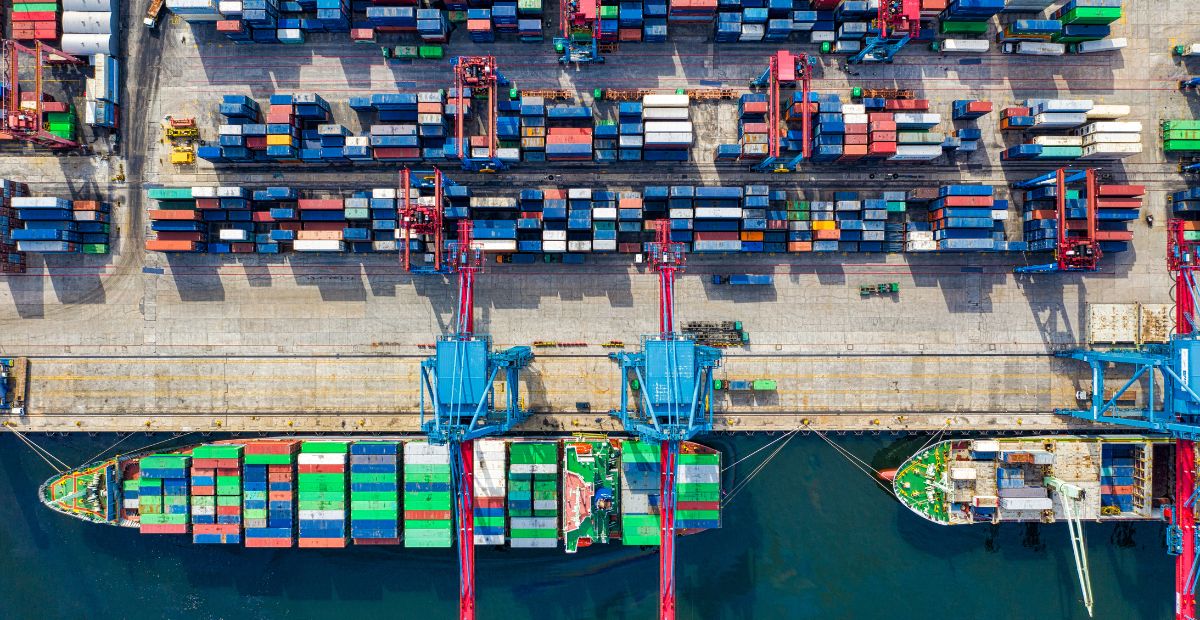Global shipping is preparing for an unprecedented transformation this year. On February 1, 2025, several major shipping alliances radically changed their structure, marking the end of long-standing agreements and the beginning of new strategic collaborations. These decisions seek to respond to the operational, commercial, and environmental challenges facing the industry. At Forbis Logistics, we closely monitor these changes to anticipate and offer the best service to our clients.
1.End of the 2M Alliance: a historic change
The 2M alliance, formed by Maersk and MSC, two of the world’s largest shipping companies, has ended after a decade of joint operations. This alliance dominated East-West trade routes, key to global trade.
– MSC has decided to operate independently, relying on its operational capacity as the shipping company with the largest fleet worldwide.
– Maersk, for its part, has joined forces with Hapag-Lloyd to create a new strategic alliance: Gemini Cooperation.
2.Premier Alliance is born: the new face of THE Alliance
With the departure of Hapag-Lloyd, the remaining members of THE Alliance—ONE, Yang Ming, and HMM—have announced their reorganization under a new name: Premier Alliance.
– This collaboration will allow for capacity sharing and reducing operational gaps.
– It also seeks to improve service frequency and reliability.
3.MSC-ZIM Agreement: Trans-Pacific Expansion
MSC has signed a new collaboration agreement with ZIM Integrated Shipping Services to strengthen its services on the transpacific route to the East Coast of the United States.
– This agreement will be valid for three years.
– It represents an opportunity for both shipping companies to consolidate coverage on one of the most competitive routes in the world.
4.Environmental regulations: a key driver of change
The transformation of alliances responds not only to commercial strategies but also to regulatory pressures. In 2025, the International Maritime Organization (IMO) will implement new environmental requirements:
– Stricter limits on greenhouse gas emissions.
– Incentives for the use of green fuels and clean technologies.
– Pricing systems and penalties associated with carbon footprints.
5.How will this impact global trade?
– Increased competition among services is expected, which could benefit buyers with better rates and transit times.
– The new alliances will seek to prioritize reliability over capacity, a welcome change from years of congestion and delays.
2025 is expected to mark a turning point in container shipping. The new alliances aim to address logistical challenges with more agile, efficient, and customer-centric solutions.

